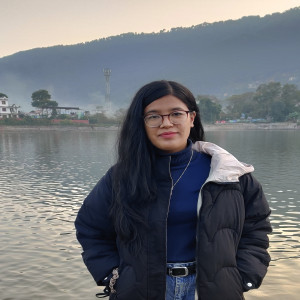Everest Base Camp Trek
The Everest Base Camp Trek is one of the most iconic and exhilarating hiking adventures in the world, attracting trekkers from across the globe eager to set foot at the base of the highest peak on Earth. This trek not only challenges your physical limits but also offers a deep immersion into the high-altitude beauty and cultural depth of the Himalayas.
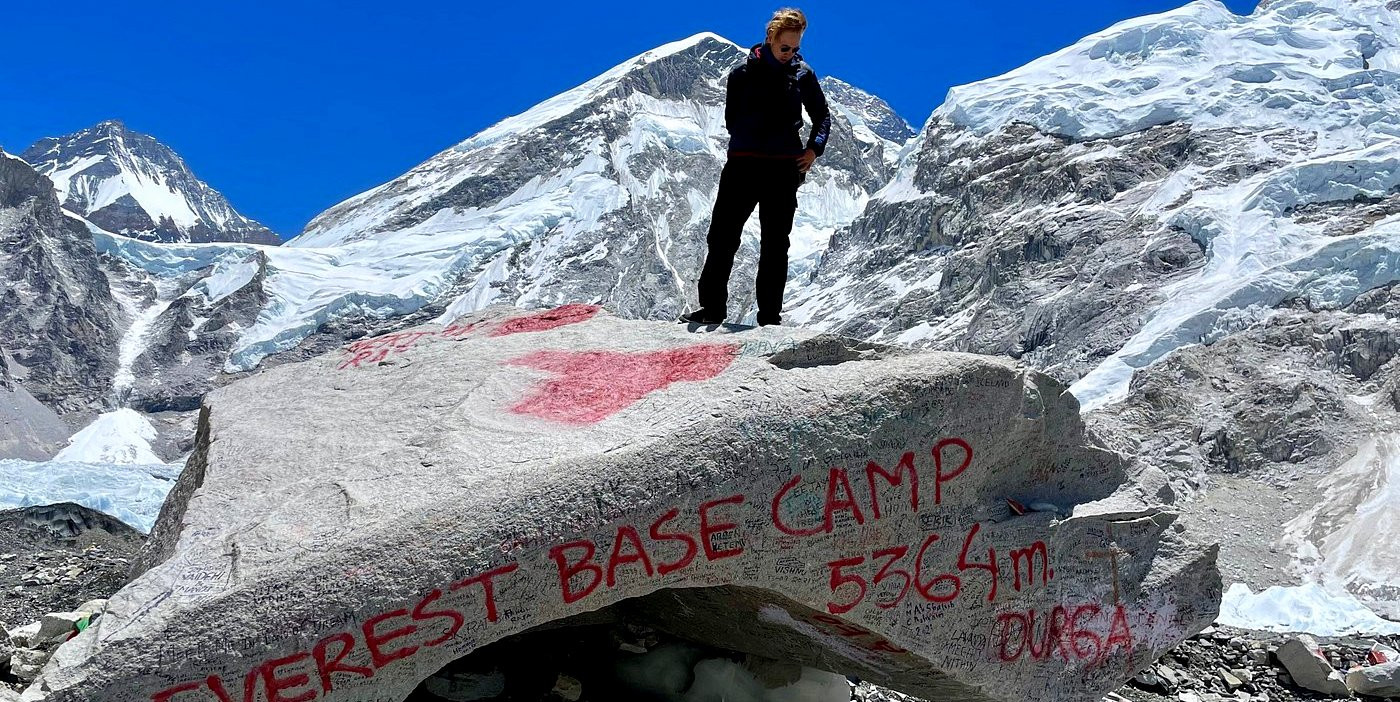
Overview of the Everest Base Camp Trek
-
Location: Khumbu Region, Nepal
-
Starting Point: Lukla
-
Ending Point: Everest Base Camp (with a return trek to Lukla)
-
Duration: Typically 12 to 14 days
-
Best Season: Pre-monsoon (March to May) and post-monsoon (September to November)
-
Altitude: Starts at 2,860 meters (Lukla) and reaches up to 5,364 meters (Everest Base Camp)
- Difficulty: Moderate to Challenging
Key Highlights and Experiences
-
Scenic Flight to Lukla: The trek begins with a thrilling short flight from Kathmandu to Lukla, known for its short runway and dramatic landing.
-
Namche Bazaar: Often called the gateway to Everest, this bustling Sherpa town offers trekkers a chance to acclimatize and explore local shops, cafes, and a weekly market.
-
Tengboche Monastery: Visit this spiritual site located at 3,867 meters, which offers panoramic views of Everest, Ama Dablam, and other peaks.
-
Khumbu Glacier and Icefall: Trek alongside the spectacular Khumbu Glacier, observing the dramatic icefall flowing from the slopes of Everest.
-
Kala Patthar: Many trekkers hike up to this viewpoint to get the best views of Everest, especially popular at sunrise or sunset.
-
Sherpa Culture: Experience the rich culture of the Sherpas, visit monasteries, and learn about their traditions and way of life in the mountains.
Challenges and Preparations
-
Physical Fitness: The trek involves long days of walking at high altitudes, so excellent physical condition and stamina are necessary.
-
Acclimatization: Proper acclimatization is crucial to avoid altitude sickness. The itinerary usually includes rest days, particularly in Namche Bazaar and Dingboche.
- Gear and Equipment: Essential items include sturdy hiking boots, thermal clothing, a good quality sleeping bag, a down jacket, and layers to handle the cold, especially during the nights.
The Everest Base Camp Trek is more than just a physical journey; it's an adventure that stays with you for a lifetime, filled with awe-inspiring landscapes and deep cultural encounters in the shadow of the world's highest peak.
Annapurna Circuit Trek
The Annapurna Circuit Trek is celebrated as one of the most beautiful and diverse treks in the world. Circumnavigating the Annapurna massif in Nepal, the trek passes through a range of different climates from the tropics at 600 meters above sea level to the arctic at 5,416 meters at the Thorong La pass. It offers a unique opportunity to experience the diverse landscapes, climate zones, and cultures within a single trip.
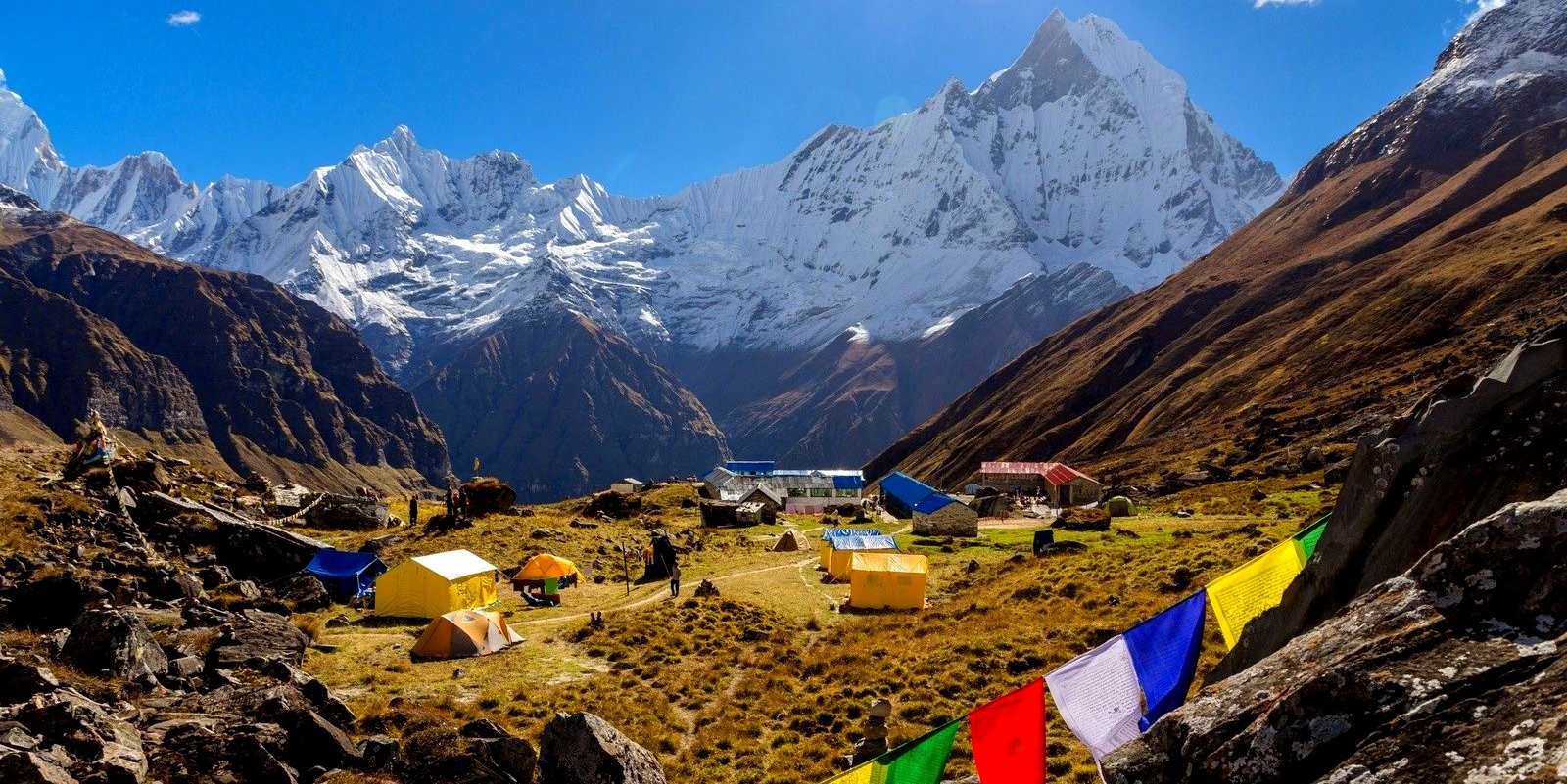
Overview of the Annapurna Circuit Trek
-
Location: Annapurna region, central Nepal
-
Starting Point: Besisahar or Bhulbhule
-
Ending Point: Nayapul
-
Duration: Typically 12 to 21 days depending on the chosen itinerary and pace
-
Best Season: Spring (March to May) and Autumn (September to November)
-
Altitude: Ranges from about 760 meters (2,493 feet) to 5,416 meters (17,769 feet) at Thorong La pass
-
Difficulty: Moderate to challenging
Key Highlights and Experiences
-
Diverse Landscapes: From lush subtropical forests and paddy fields to high mountain landscapes and arid desert regions.
-
Thorong La Pass: Crossing this high mountain pass is a challenging and exhilarating experience, offering stunning panoramic views of the Annapurna range and beyond.
-
Cultural Richness: The trek traverses regions inhabited by diverse ethnic groups, including Gurungs, Manangis, and Thakalis, offering trekkers a glimpse into their rich cultural heritage.
-
Muktinath: An important pilgrimage site for both Hindus and Buddhists, located right after the descent from Thorong La pass.
-
Hot Springs at Tatopani: A perfect spot to relax and rejuvenate tired muscles in natural hot springs.
-
Poon Hill: Many trekkers extend their trip to include a sunrise visit to Poon Hill, known for its spectacular views of the Dhaulagiri and Annapurna ranges.
Challenges and Preparations
-
Physical Fitness: The Annapurna Circuit is demanding with several long trekking days and a high pass crossing, requiring good physical fitness and stamina.
-
Acclimatization: Adequate acclimatization days are crucial, especially before crossing the Thorong La pass, to prevent altitude sickness.
-
Gear and Equipment: Essential gear includes warm clothing, waterproof jackets, good quality hiking boots, and sleeping bags suitable for freezing temperatures.
Annapurna Circuit Trek is a transformative journey that not only tests your physical limits but also enriches your understanding of the natural and cultural landscapes of Nepal. It’s an adventure that offers something for everyone—from breathtaking natural beauty and challenging treks to deep cultural interactions.
Langtang Valley Trek
The Langtang Valley Trek is a serene and stunningly beautiful journey into one of Nepal's relatively hidden gems. Nestled between the main Himalayan range to the north and a slightly lower range of snowy peaks to the south, Langtang Valley offers a quieter but no less spectacular trekking experience compared to its more famous counterparts like Everest Base Camp and the Annapurna Circuit. This trek is an excellent option for those looking to experience the Himalayas without the crowds.
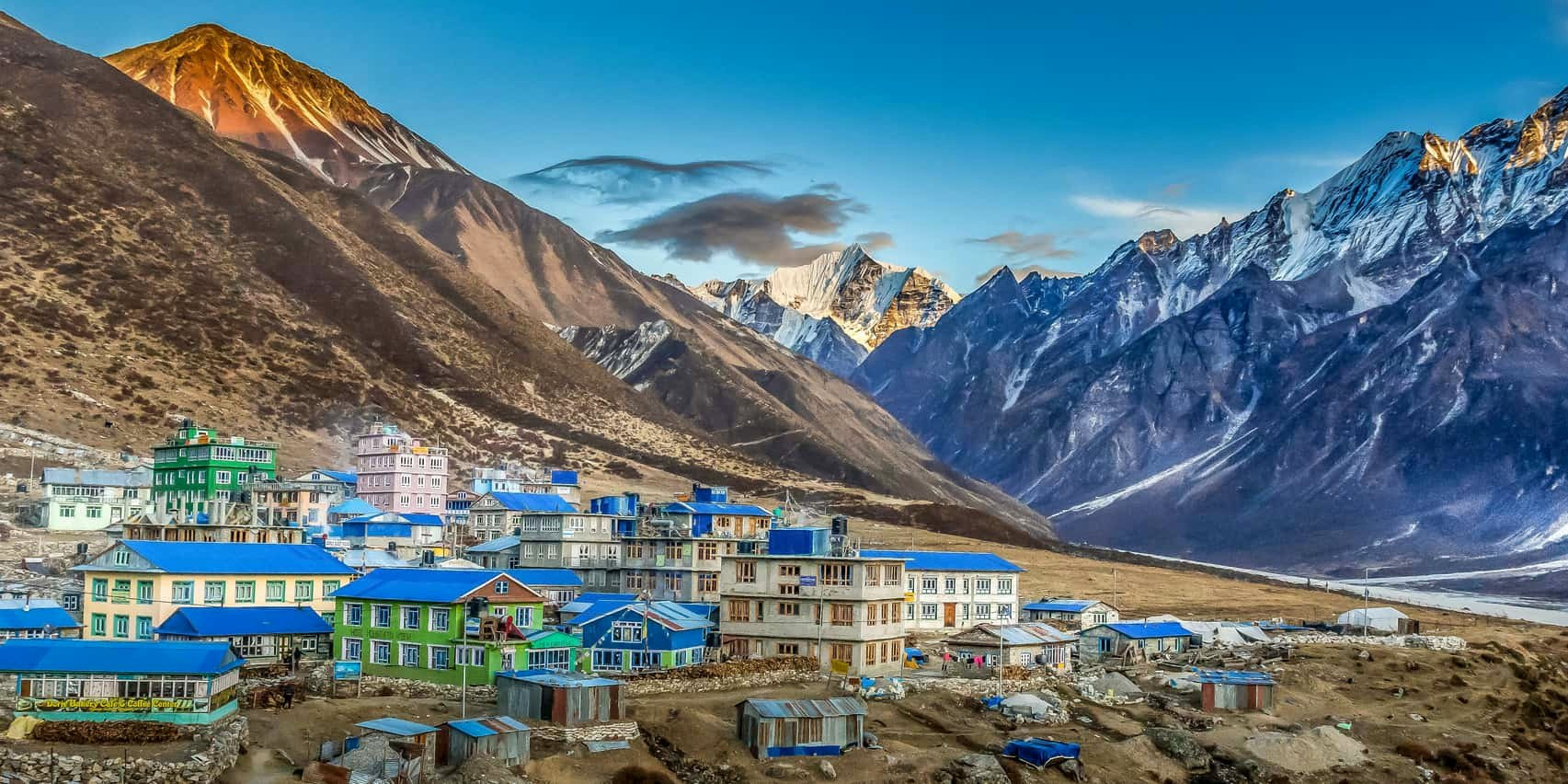
Overview of the Langtang Valley Trek
-
Location: Langtang region, north of Kathmandu near the Tibetan border
-
Starting Point: Syabrubesi
-
Ending Point: Syabrubesi
-
Duration: Typically 7 to 9 days
-
Best Season: Spring (March to May) and Autumn (September to November)
-
Altitude: Reaches up to 5,000 meters at Tserko Ri
-
Difficulty: Moderate
Key Highlights and Experiences
-
Scenic Diversity: The trek offers a remarkable variety of scenery, which includes dense forests, high alpine meadows, and glacial moraines.
-
Cultural Insight: The valley is home to the Tamang people, whose culture is closely linked to Tibetan traditions.
-
Kyanjin Gompa: The trek leads to the beautiful monastery of Kyanjin Gompa, where trekkers can explore local cheese factories and enjoy the views of Langtang Lirung.
-
Tserko Ri: For those willing to make the additional effort, a climb to Tserko Ri offers stunning sunrise views of the surrounding peaks.
-
Wildlife: Langtang National Park, through which the trek passes, is home to several rare species, including the red panda and Himalayan tahr.
Challenges and Preparations
-
Physical Fitness: The trek involves moderate hiking, suitable for moderately fit individuals. It includes long days of walking at high altitudes.
-
Acclimatization: Altitude sickness can be a risk; it’s important to manage ascent rates and ensure proper acclimatization.
-
Gear and Equipment: Essential gear includes sturdy trekking boots, warm clothing, a waterproof jacket, and a sleeping bag for colder nights.
The Langtang Valley Trek not only offers an accessible escape into the Himalayas but also a chance to contribute to the recovery of an area still regaining its footing after significant natural challenges. With its unique blend of natural beauty and cultural richness, this trek is ideal for those looking to experience a quieter side of Nepal's trekking adventures.
Manaslu Circuit Trek
The Manaslu Circuit Trek is a stunning journey around the world’s eighth-highest peak, Mount Manaslu, towering at 8,163 meters (26,781 feet). This trek is known for its seclusion and the sheer beauty of the unspoiled landscapes it passes through. Offering a more remote experience than the more popular Annapurna Circuit or Everest Base Camp treks, the Manaslu Circuit has grown in popularity among trekkers seeking solitude and a profound natural connection.
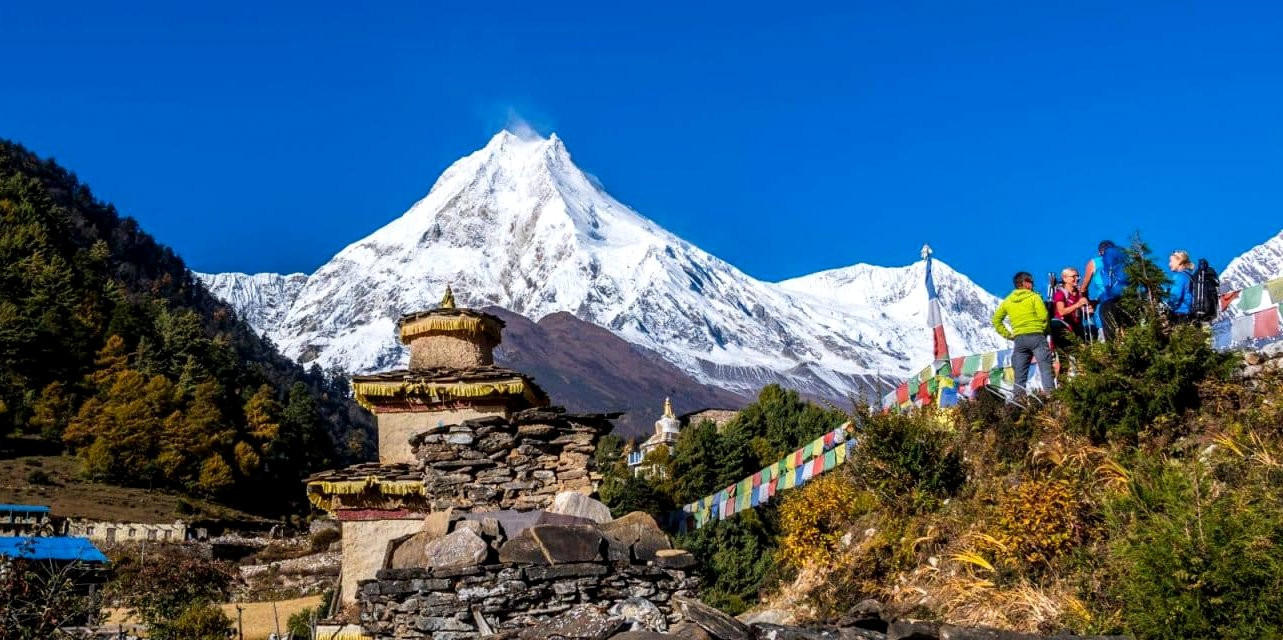
Overview of the Manaslu Circuit Trek
-
Location: Part of the Manaslu region in west-central Nepal
-
Starting Point: Soti Khola
-
Ending Point: Besisahar (commonly linked to the Annapurna Circuit route)
-
Duration: Typically 14 to 16 days
-
Best Season: Spring (March to May) and Autumn (September to November)
-
Altitude: The route reaches its highest point at Larkya La Pass, at an elevation of 5,106 meters (16,752 feet)
-
Difficulty: Challenging
Key Highlights and Experiences
-
Remote Trails: The trek provides a quieter trail, away from the crowded paths of other popular treks in Nepal.
-
Diverse Landscapes: From lush forests and terraced hillsides in the lower regions to stunning alpine environments as you ascend.
-
Larkya La Pass: Crossing this high mountain pass is both challenging and rewarding, offering dramatic views of Himalayan peaks.
-
Cultural Diversity: The trail winds through various ethnic villages, including those of the Nubri and Tsum, where Tibetan Buddhist culture predominates.
-
Flora and Fauna: The region is part of the Manaslu Conservation Area, which is home to diverse species such as the snow leopard and Himalayan Tahr.
Challenges and Preparations
-
Physical Fitness: The trek is physically demanding, with several days of sustained walking at high altitudes and steep ascents.
-
Acclimatization: Proper acclimatization days are essential to adjust to the high altitude and reduce the risk of altitude sickness.
-
Gear and Equipment: Proper gear is crucial, including insulated clothing, quality trekking boots, and sleeping bags rated for cold temperatures.
The Manaslu Circuit Trek is a profoundly rewarding experience for those looking to explore one of the less trodden paths in the Himalayas. Its combination of natural beauty, cultural richness, and physical challenge makes it an exceptional choice for serious trekkers looking to escape the more frequented routes and delve deeper into Nepal’s mountain wilderness.
Ghorepani Poon Hill Trek
The Ghorepani Poon Hill Trek is one of the most popular and accessible treks in the Annapurna region of Nepal. Renowned for its stunning panoramic views of the Annapurna and Dhaulagiri mountain ranges, this trek is particularly famous for the breathtaking sunrises at Poon Hill. It is an ideal choice for those who wish to experience the beauty of the Nepalese Himalayas without the physical demands of the longer high-altitude treks.
.jpg)
Overview of the Ghorepani Poon Hill Trek
-
Location: Annapurna region, Nepal
-
Starting/Ending Point: Nayapul, a short drive from Pokhara
-
Duration: 4 to 5 days
-
Best Season: Spring (March to May) and Autumn (September to November)
-
Altitude: Poon Hill summit at 3,210 meters (10,532 feet)
-
Difficulty: Moderate
Key Highlights and Experiences
-
Ghorepani Poon Hill Sunrise View: The highlight of the trek is the early morning hike to Poon Hill to witness a spectacular sunrise that illuminates the peaks of Annapurna and Dhaulagiri.
-
Rhododendron Forests: The trails wind through lush forests of rhododendron, especially vibrant during the spring blooming season.
-
Ethnic Villages: The trek passes through several picturesque Gurung and Magar villages, providing insights into the rural lifestyle and culture of Nepal’s ethnic communities.
-
Annapurna Panorama: Besides Poon Hill, there are several spots along the trek that offer magnificent views of Himalayan giants such as Annapurna South, Annapurna I, Machhapuchhre (Fishtail), and Hiunchuli.
Challenges and Preparations
-
Physical Fitness: Although not as demanding as other high-altitude treks, the Ghorepani Poon Hill Trek includes plenty of steep climbs and descents which require a good level of fitness.
-
Gear and Equipment: Essential gear includes comfortable hiking boots, warm clothing, a waterproof jacket, and a hat and gloves for the early morning chill at Poon Hill.
The Ghorepani Poon Hill Trek not only offers an engaging experience through some of the most picturesque parts of the Annapurna region but also provides an excellent introduction to Himalayan trekking. The manageable duration and moderate difficulty level make it an excellent choice for families and first-time trekkers, while the spectacular mountain views ensure it's a rewarding journey for even the most seasoned adventurers.
Tips for Top 5 Spring Treks in Nepal
When preparing for a trek in Nepal during the spring season, consider these essential tips to maximize your experience and ensure safety throughout your journey:
Acclimatization and Altitude
-
Proper Acclimatization: Take your time to adapt to higher altitudes by including rest days in your itinerary, especially in key villages along the way.
-
Hydration: Drinking plenty of water is crucial to help prevent altitude sickness. Keep hydrated as you ascend.
Packing and Preparation
-
Layered Clothing: Temperature can vary dramatically between day and night. Pack breathable, warm clothing and always have a windproof jacket and sunscreen.
-
Hiring Local Support: Engage local guides and porters where possible. This supports the local economy and enhances your experience with expert knowledge and assistance.
Weather and Trail Conditions
-
Weather Awareness: Stay updated on weather forecasts and trail conditions, particularly if your route includes high mountain passes, which can be unpredictable in spring.
-
Cultural Sensitivity: Show respect for local customs and traditions. Dress conservatively and try to learn a few phrases in the local language.
Health and Safety
-
Prepare for Remote Conditions: Some routes are more isolated, so prepare accordingly with a well-stocked first-aid kit and possibly a satellite phone or emergency beacon.
-
Insurance: Ensure you have comprehensive travel insurance that covers high-altitude trekking and emergency helicopter evacuation.
Environmental Impact
-
Leave No Trace: Be mindful of your environmental impact. Carry out all your trash and choose eco-friendly products.
-
Support Local Communities: Stay in community-run lodges or teahouses, and choose local products and meals to help boost the local economy.
Timing and Experience
-
Early Starts: For treks known for their sunrise views, start your day early to secure the best experience.
-
Fitness Level: Some treks are quite challenging; maintaining a good fitness level will help you enjoy the trek more and cope with the physical demands.
By following these guidelines, you can ensure a fulfilling and responsible trekking experience, enjoying the natural beauty and cultural richness of Nepal’s highlands while minimizing your impact on the environment and local communities.
Concluding, the top spring treks in Nepal—each distinct and awe-inspiring—offer adventurers the chance to explore breathtaking landscapes, engage with rich local cultures, and challenge themselves physically. Spring's clear skies and vibrant blooms make it an ideal season for trekking in the Himalayas. As you embark on these treks, be prepared, respect the local environments and communities, and embrace the transformative experiences that await. These journeys not only offer a path through some of the world’s most majestic settings but also support sustainable tourism and contribute positively to local economies. Each step is an exploration into the heart of Nepal’s natural beauty and the resilience of its people.
FAQs for Top 5 Spring Treks in Nepal
Q: What is the best time to go trekking in Nepal?
A: The best seasons for trekking in Nepal are spring (March to May) and autumn (September to November). Spring offers warm weather and blooming rhododendrons, making the mountains particularly beautiful.
Q: Do I need a guide for trekking in Nepal?
A: While it's possible to trek solo in some areas, hiring a guide is highly recommended, especially for remote and restricted areas like Manaslu. Guides provide valuable insights, enhance safety, and help communicate with local communities.
Q: What permits are needed for trekking in Nepal?
A: Most treks require a TIMS (Trekkers' Information Management System) card and a national park or conservation area permit. Restricted areas like Manaslu also require special permits that can only be obtained through registered trekking agencies.
Q: How should I prepare physically for a trek?
A: Physical preparation depends on the trek’s difficulty, but generally, you should engage in cardiovascular exercises like hiking, jogging, cycling, and swimming for several months before your trip. Strengthening exercises for legs, core, and endurance training are also beneficial.
Q: What should I pack for a spring trek in Nepal?
A: Essential items include sturdy trekking boots, layers of breathable clothing, a waterproof jacket, a sleeping bag suitable for cold temperatures, a first aid kit, sunscreen, and sunglasses. Don’t forget to pack a good quality backpack and trekking poles.
Q: How do I deal with altitude sickness?
A: To prevent altitude sickness, ascend slowly, acclimatize properly with planned rest days, stay hydrated, and avoid alcohol and smoking. Recognize the symptoms early and descend to a lower altitude if they worsen.
Q: What are the accommodation options on the treks?
A: Most popular treks offer teahouse accommodations, providing basic rooms and meals. Remote treks may require camping, for which you need to carry or arrange tents and food supplies.
Q: Can I charge electronic devices during the trek?
A: Yes, many teahouses in popular trekking areas have facilities for charging electronic devices for a small fee. However, it’s wise to carry extra batteries or a portable power bank.
Q: Is vegetarian or vegan food available on the treks?
A: Most teahouses can cater to vegetarian diets, and some can also accommodate vegan needs, although options may be limited. It’s a good idea to discuss dietary requirements with your guide or the teahouse in advance.
Q: What are the emergency medical facilities like on the treks?
A: Basic medical facilities are available in larger villages, and many guides are trained in first aid. In case of severe illnesses or injuries, evacuation by helicopter to Kathmandu, which has better medical facilities, might be necessary.
For the Nepal tour, please click here.
If you are looking for different kinds of Nepal Tours or Trekking Packages, feel free to contact us.
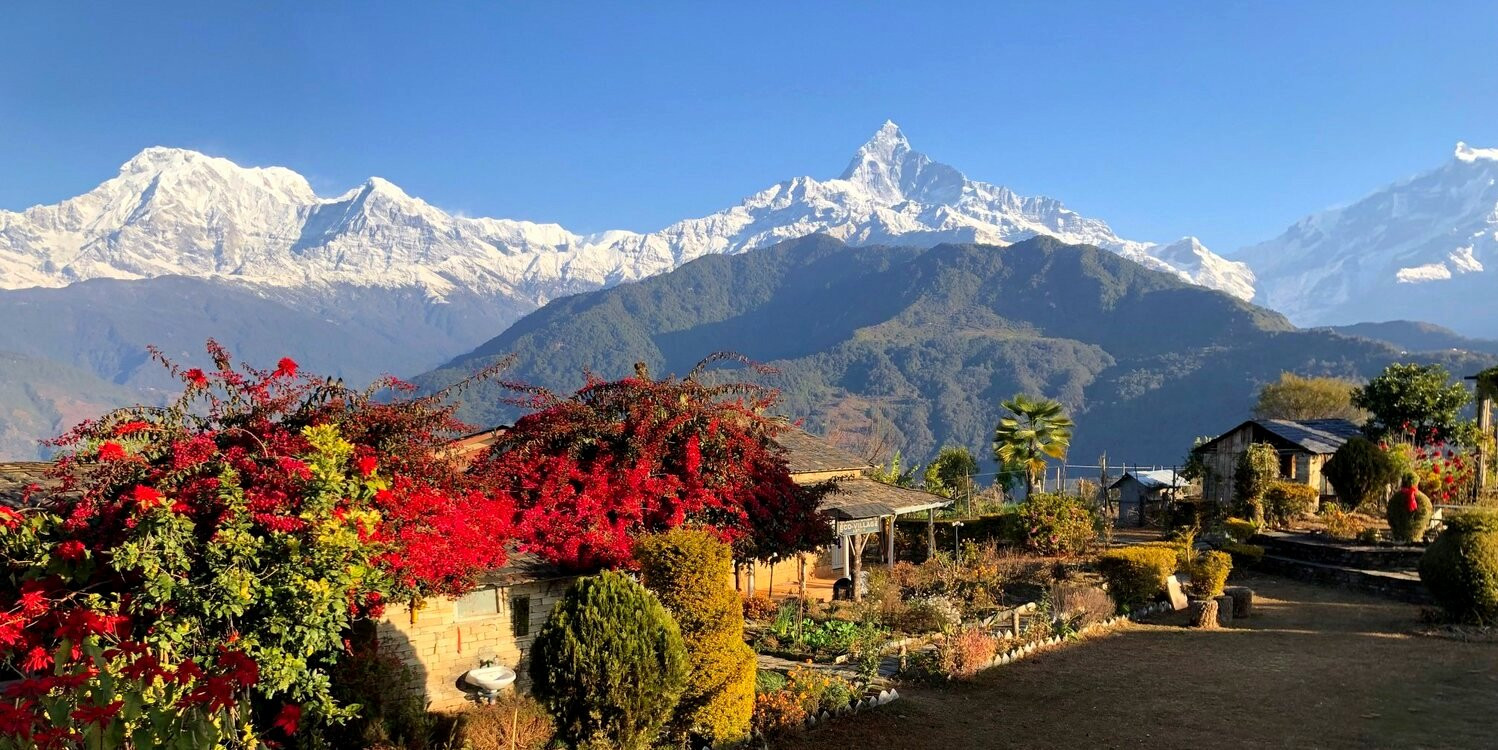





.jpg)
